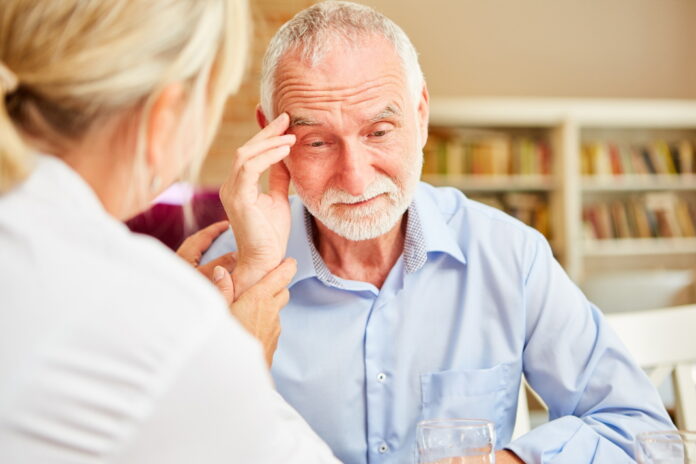
Winston Lee L. Ac, Ph.D., KMD
As a physician in Eastern medicine, it is not easy to decide which method to use when treating a patient. You can use the methods you learned with textbooks at school, or you can add the methods you experienced while seeing patients at a clinic. You often use a technique from other experienced doctors, read books on acupuncture and herbal formulas, and use it accordingly.
The method I propose is to look at the academic paper and use the introduced treatments. As anyone who has ever written a thesis knows to write a single line of conclusions in a thesis, it is required to search for numerous documents and articles and verify and review them again by themselves. Therefore, the acupuncture treatment methods or herbal formulas used in a paper are a highly standardized and proven method reviewed and verified by the author of the paper and many other scholars. The method is a fairly simple method that a doctor can fully perform with considerable experience, and it is a method that has shown certain effects through various clinical trials.
In this column, I would like to share what acupuncture treatment should be performed for Parkinson’s disease through a thesis. I referred to a thesis that is published by Dr. Lee and other authors in 2013. Scalp Acupuncture for Parkinson’s Disease (PD): A Systematic Review of Randomized Controlled Trials. PD is a progressive neurological disorder that results in a slowly progressive disability and affects approximately 1% of the population over 65. PD is caused by the loss of dopaminergic neurons in the substantia nigra, and the main clinical features include resting tremor, bradykinesia, muscular rigidity, and postural instability.
They used these acupuncture techniques – Proposed Standard International Acupuncture Nomenclature (PSIAN) and Jiao’s Scalp Acupuncture (SA). Various methods of acupuncture in this paper were compared and analyzed by various methods. The common contents shown here are as follows. The number of acupuncture points was ten or less, and electrical stimulation was performed at 100hz or manual stimulation of needles required. The patient was treated daily and treated for a total of 5 weeks for six days a week. The area where Scalp Acupuncture (SA) was performed was slightly different depending on the acupuncture method, but the commonly used area was the temporal bone area between the two ears and the parietal area. It is approximately GB 16, 17, 18.
There is another thesis regarding herbal medicine in treating Alzheimer’s Disease – Pharmacological Effects of Active Components of Chinese Herbal Medicine in the Treatment of Alzheimer’s Disease: A Review in 2016 by Dr. Wang and others. Alzheimer’s disease (AD), the most common neurodegenerative disorder associated with dementia. Unfortunately, few chemical drugs designed for clinical applications have reached the expected preventive or therapeutic effect so far. With their significant side effects, there is an urgent need for new strategies for AD treatment. In this thesis, they suggest these herbs. Ginsenoside from Radix Ginseng (Ren Shen), Tanshinone from Radix Salviae iltiorrhize (Dan Shen), Baicalin Baicalein and Radix Scutellariae (Huang Qin), EGb 761 from Ginkgo leaf, Icariin from Herba Epimedii (Yin Yang Huo), Huperzine from Huperziaserrata, Puerarin from Radix Puerariae (Ge Gen), Triptolide from Radix Tripterygii Wilfordii, Evodiamine from Fructus Evodiae (Wu Zhu Yu), Curcumin from Rhizoma Curcumae (Jiang Huang)
Again, the acupuncture method or herbal formula introduced in the thesis is a method that has already been verified for its efficacy and safety through numerous scholars and doctors. Therefore, it can be expected that at least the therapeutic effect suggested in the paper can be seen if the treatment learned through such a paper is used in actual clinical practice. In addition, when the patient himself is curious about the principle of the effect of eastern medicine, or when he/she communicates opinions or procedures with the doctor who referred to the patient, it is very convenient to create supporting documents if the procedure he performed is based on such a thesis. It is also persuasive to anyone.
































